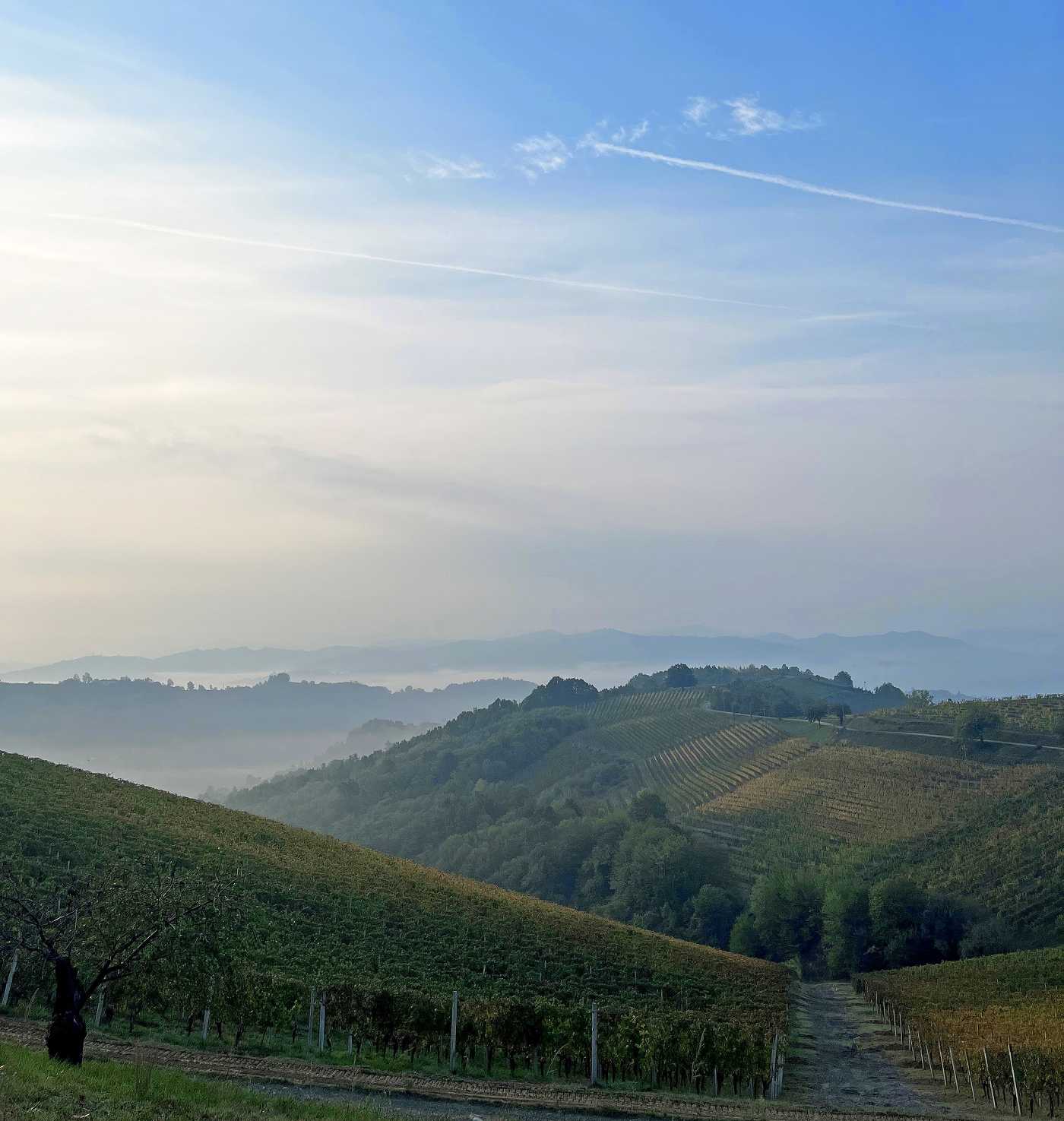
The world of wine is often a journey through time and terroir, and few wines exemplify this as beautifully as Barolo. This iconic Italian red wine, crafted from the noble Nebbiolo grape, has a rich history and a complex personality that evolves with each vintage. Today, we embark on a journey to explore the nuances and differences between three remarkable Barolo vintages: 2009, 2010, and 2018, from one of our favourite producers Poderi Colla. Each year tells its own story, reflecting the unique climatic conditions and winemaking practices of its time.
2009 Barolo Vintage: The Opulent Delight
The 2009 vintage in Barolo will always be remembered for its warm and sunny growing season. Mother Nature smiled upon the vineyards, bestowing ample sunshine and mild temperatures. This led to a harvest of beautifully ripe grapes, resulting in wines with a distinct opulence and charm.
2009 Summary:
Warmth: The 2009 growing season was marked by higher temperatures, ensuring the grapes reached optimal ripeness.
Fruit Forward: Barolos from 2009 are known for their pronounced fruit flavours, including luscious cherry, plum, and raspberry.
Tannin Softening: The riper grapes meant softer tannins, making these wines more approachable at a younger age.
Accessibility: 2009 Barolos are considered friendly and accessible, requiring less aging compared to some other vintages. They are enjoyable in their youth.
2010 Barolo Vintage: The Classic Beauty
In stark contrast to 2009, 2010 presented a cooler and more traditional growing season in Barolo. These conditions challenged winemakers but ultimately resulted in wines of classic beauty and remarkable aging potential.
2010 Summary:
Cooler temperatures: The 2010 vintage experienced cooler temperatures, resulting in slower grape ripening.
Structured: Wines from 2010 showcase higher acidity and more pronounced tannins, making them well-suited for long-term aging.
Complexity: Expect red fruit flavours, floral notes, and earthy characteristics in these Barolos.
Cellaring: Patience is key with 2010 Barolos. They require more time in the cellar to reveal their full potential, but the reward is worth it. These wines are destined for greatness over time.
2018 Barolo Vintage: A Story of Elegance
Fast forward to 2018, where Barolo enthusiasts were treated to another remarkable vintage. This year combined elements of both 2009 and 2010, resulting in wines that are both approachable and structured.
2018 Summary:
Balance: 2018 offered a balanced growing season with adequate warmth for ripeness and enough cool evenings for acidity.
Fruit and Structure: You'll find a pleasing balance of fruit and structure in 2018 Barolos, with red fruit flavours complemented by well-integrated tannins.
Age worthy: While more accessible than the 2010s, the 2018 Barolos still have excellent aging potential, making them a versatile choice for collectors and enthusiasts.
In the world of Barolo, every vintage is a chapter in the rich history of this iconic wine. The 2009 vintage, with its opulence and approachability, offers a glimpse of sunny days in a bottle. The 2010 vintage, with its classic structure, exemplifies the essence of Barolo's potential for aging and complexity. Meanwhile, the 2018 vintage strikes a harmonious balance between fruit and structure, promising both elegance and longevity.
Whether you prefer the immediate gratification of a 2009 Barolo or the patience-rewarding experience of a 2010 or 2018, one thing is certain: Barolo continues to captivate wine lovers with its timeless beauty and the stories it tells through each bottle. So, the next time you savour a glass from Poderi Colla, remember that you're not just tasting wine; you're tasting history, terroir, and the essence of a particular moment in time.
Cheers to the diversity and richness of Barolo!